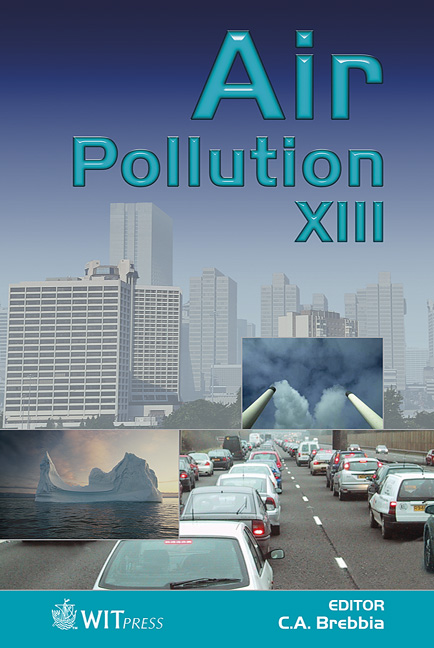Urban Air Pollution: A Bangladesh Perspective
Price
Free (open access)
Transaction
Volume
82
Pages
10
Published
2005
Size
437 kb
Paper DOI
10.2495/AIR050611
Copyright
WIT Press
Author(s)
M. Habibur Rahman & A. Al-Muyeed
Abstract
This study summaries several monitoring and surveys on ambient concentrations of NOx, SO2, CO,O3 particulate matters, lead and black smoke which have been carried out by the authors, Bangladesh Atomic Energy Commission and Department of Environment (DOE) in Bangladesh. Airborne lead was a major concern but the phase-out of lead in gasoline implemented throughout South Asia in the year 1999 and the early 2000s has contributed greatly to reducing the lead concentration in ambient air. Analysis of the time series air quality data (of specific air pollutants, NOX, SO2, CO,O3 and particulate matters, for selected stations from the years 2002 to 2004) indicates that the ambient air of Dhaka City, the capital of Bangladesh, is polluted more than 55 percent of the year. The level of pollutants at 49 important road intersections shows the quality of air at the roadsides of Dhaka City. The air quality index (AQI) estimated at various locations of the city reveals that more than 70 percent of the roadside environments are severely polluted and the rest are highly polluted on the basis of the WHO guideline value. This pollution level at roadside environments is closely related with the density of motor vehicles plying on the roads. With the increase in the number of motor vehicles caused by economic growth and industrialisation, the level of pollution is expected to worsen further in the future. To improve the situation, proposals for some pollution abatement measures including the introduction of unleaded gasoline and CNG-powered 3-wheelers instead of 2-stroke 3-wheelers are critically discussed in this paper. Keywords: air quality, Dhaka City, particulate matters, gaseous pollutants.
Keywords
air quality, Dhaka City, particulate matters, gaseous pollutants.





